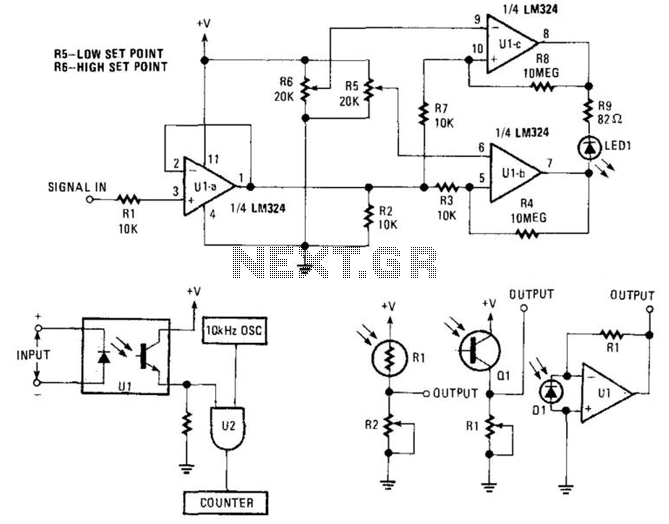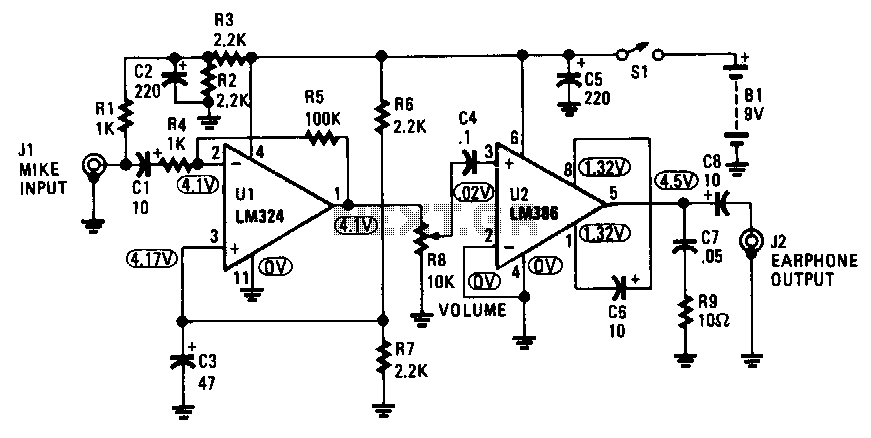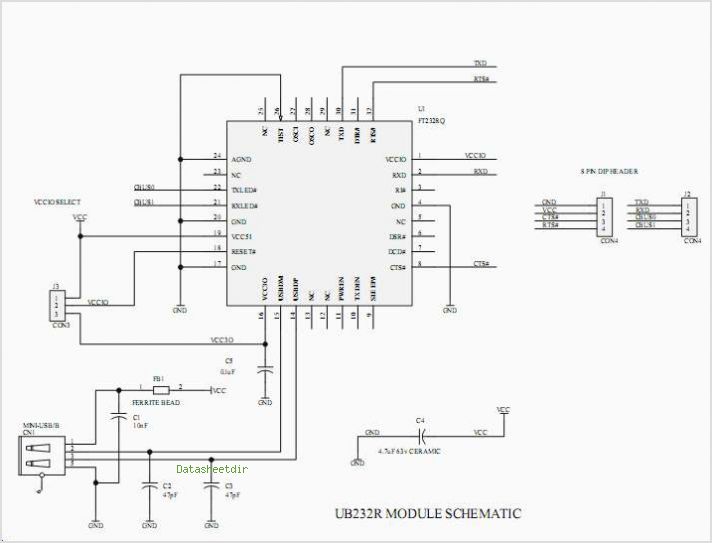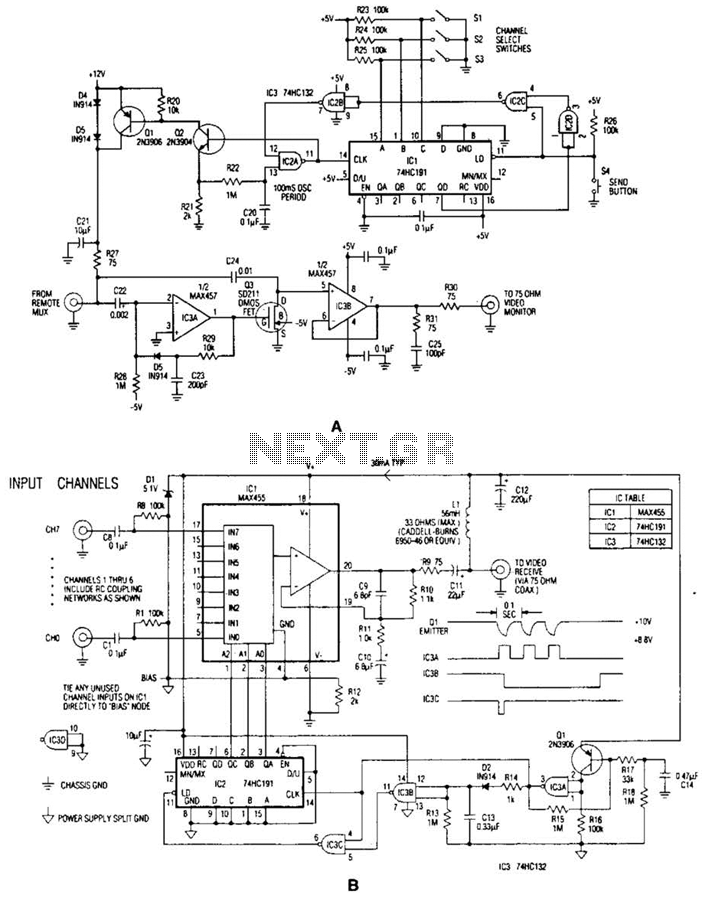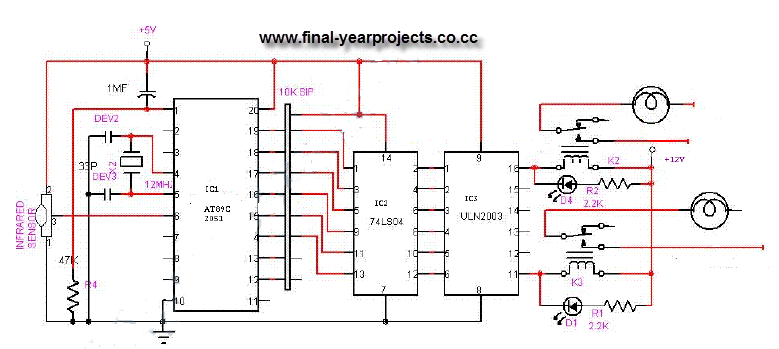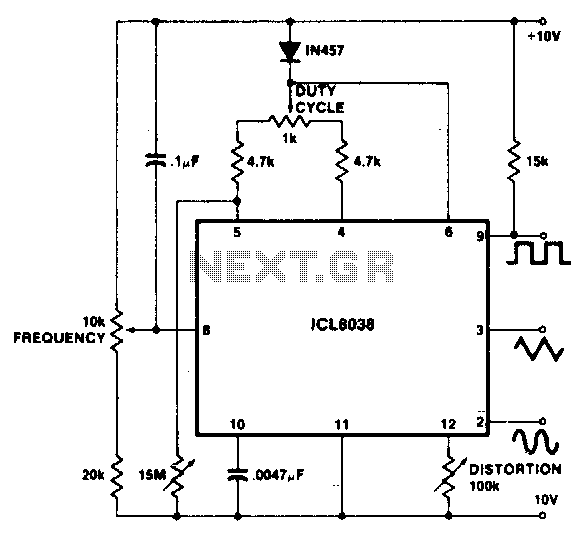
Mini Audio Signal Generator
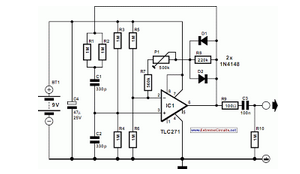
A small audio test generator is very useful for quickly tracing a signal through an audio unit. Its main purpose is speed rather than refinement.
An audio test generator is an essential tool in the field of audio engineering, primarily utilized for troubleshooting and testing audio equipment. This device generates audio signals at various frequencies, which can be used to evaluate the performance of audio circuits and components. The generator typically produces sine, square, or triangle waveforms, allowing technicians to assess frequency response, distortion, and overall signal integrity.
In a typical schematic design for an audio test generator, the circuit may include a waveform generator IC, such as the 555 timer or a dedicated audio oscillator. The output stage often incorporates an operational amplifier to buffer the signal and provide sufficient drive capability for the load. Additional features may include adjustable output levels, frequency selection switches, and LED indicators to display the operational status of the generator.
For practical applications, the audio test generator can be connected to various audio devices, such as mixers, amplifiers, and speakers. By injecting a known signal into these devices, engineers can trace the signal path and identify any issues in the audio chain. This tool is particularly valuable in repair shops and during the development of new audio products, where quick diagnostics can significantly expedite the testing process.
Overall, the audio test generator serves as a fundamental instrument in the audio engineering toolkit, enabling efficient signal tracing and performance evaluation across a wide range of audio equipment.A small audio test generator is very useful for quickly tracing a signal through an audio unit. Its main purpose is speed rather than refinement. A single.. 🔗 External reference
An audio test generator is an essential tool in the field of audio engineering, primarily utilized for troubleshooting and testing audio equipment. This device generates audio signals at various frequencies, which can be used to evaluate the performance of audio circuits and components. The generator typically produces sine, square, or triangle waveforms, allowing technicians to assess frequency response, distortion, and overall signal integrity.
In a typical schematic design for an audio test generator, the circuit may include a waveform generator IC, such as the 555 timer or a dedicated audio oscillator. The output stage often incorporates an operational amplifier to buffer the signal and provide sufficient drive capability for the load. Additional features may include adjustable output levels, frequency selection switches, and LED indicators to display the operational status of the generator.
For practical applications, the audio test generator can be connected to various audio devices, such as mixers, amplifiers, and speakers. By injecting a known signal into these devices, engineers can trace the signal path and identify any issues in the audio chain. This tool is particularly valuable in repair shops and during the development of new audio products, where quick diagnostics can significantly expedite the testing process.
Overall, the audio test generator serves as a fundamental instrument in the audio engineering toolkit, enabling efficient signal tracing and performance evaluation across a wide range of audio equipment.A small audio test generator is very useful for quickly tracing a signal through an audio unit. Its main purpose is speed rather than refinement. A single.. 🔗 External reference
Warning: include(partials/cookie-banner.php): Failed to open stream: Permission denied in /var/www/html/nextgr/view-circuit.php on line 713
Warning: include(): Failed opening 'partials/cookie-banner.php' for inclusion (include_path='.:/usr/share/php') in /var/www/html/nextgr/view-circuit.php on line 713
